Do you have a question about the Casio CT-S300 and is the answer not in the manual?
Details the instrument's MIDI device structure, splitting into Performance Controller and Sound Generator sections.
Explains how timbre type settings affect sound generator receive message operations.
Lists the main conditions that prevent MIDI message send and receive, such as accessing flash memory.
Specifies the channel number for received MIDI messages per instrument part.
Explains how MIDI channels for sent messages align with played parts and settings.
Details the MIDI Note Off message format, transmit, and receive behavior.
Details the MIDI Note On message format, transmit, and receive behavior.
Covers various Control Change MIDI messages (e.g., Bank Select, Volume, Pan) and their parameters.
Explains Mode Messages like All Sound Off and Reset All Controllers for performance control.
Describes the Program Change MIDI message for selecting tones and its relation to Timbre Type.
Details the Channel Pressure (Aftertouch) MIDI message and its modulation effect on sound.
Explains the Pitch Bend Change MIDI message for altering note pitch and its range setting.
Explains the Active Sensing MIDI message and its function in maintaining connection.
Covers System Exclusive messages, including Universal Real Time System Exclusive messages for controlling parameters.
Contains tables for Off/On, numerical ranges, pan, fine tune, and reverb type settings.
Explains notation systems used for MIDI data, including hexadecimal and binary.
| Keyboard | 61 keys |
|---|---|
| Polyphony | 48 notes |
| Tones | 400 built-in tones |
| Rhythms | 77 built-in rhythms |
| Songs | 60 built-in songs |
| Display | LCD |
| Dimensions | 930 x 256 x 73 mm |
| Reverb | 10 types |
| Chorus | 5 types |
| Metronome | Yes |
| Lesson Function | Yes |
| Dance Music Mode | Yes |
| Speakers | 2 x 2.5W |
| Headphones/Output | Stereo mini jack |
| Included Accessories | Music stand |
| Power Supply | AC adapter or batteries (6 x AA) |
| Weight | 3.3 kg |
| Connectivity | USB, Audio In |
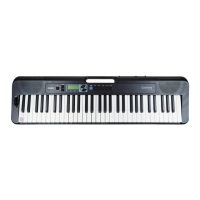
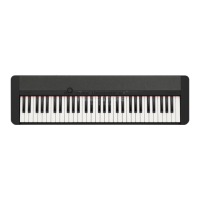

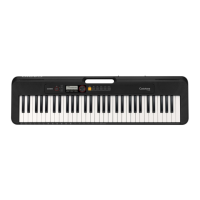

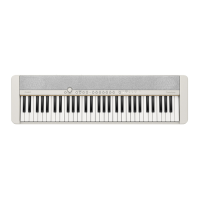
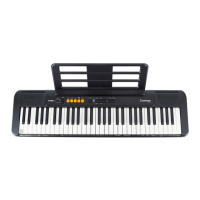
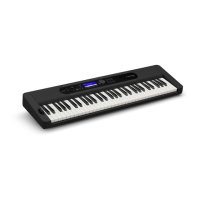
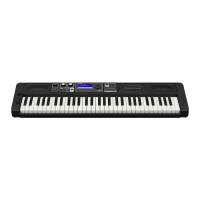

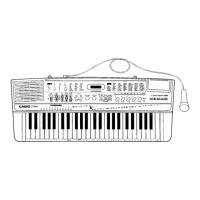
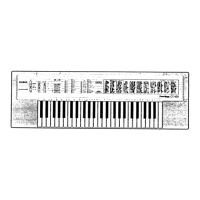
